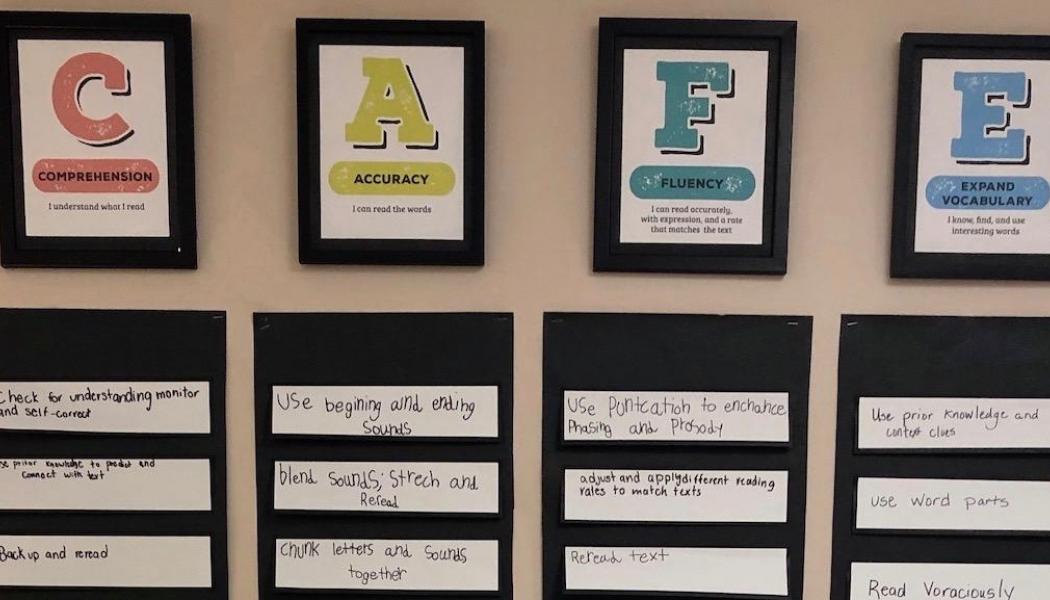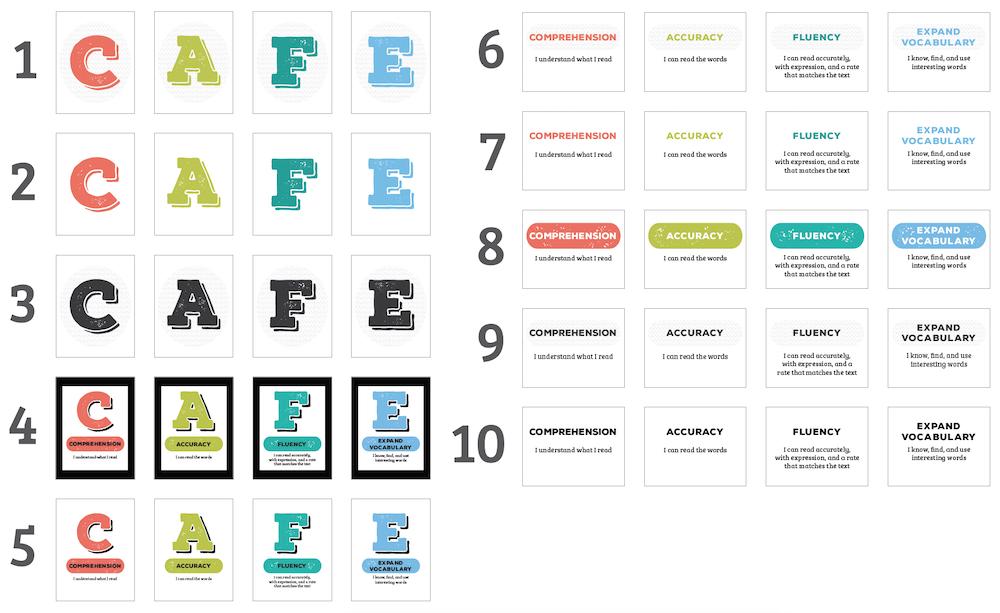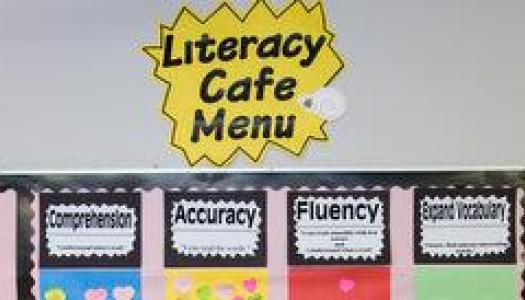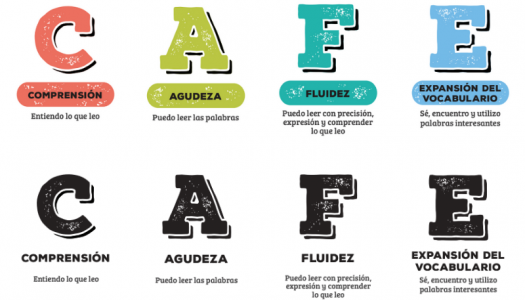Concept Mapping with the CAFE Acronym

Join Our Community
Access this resource now. Get up to three resources every month for free.
Choose from thousands of articles, lessons, guides, videos, and printables.
Using Concept Mapping and the CAFE Acronym to Enhance Literacy Learning
Effective teaching strategies can make a remarkable difference in student learning and comprehension. Two powerful tools that help organize and simplify information for students are concept mapping and the CAFE Acronym—a content menu for literacy strategies. Combined, these methods provide a structured approach to literacy learning, enabling students to visually map out literacy strategies in a way that supports their understanding, engagement, and long-term retention.
What Is Concept Mapping?
Concept mapping is an evidence-based educational practice that helps students organize information visually by creating a diagram of related ideas. Concept maps show how different concepts connect to each other, often through lines, labels, and clusters of terms that clarify relationships between topics. This approach deepens comprehension by allowing students to see the "big picture" of how concepts interact and depend on one another. It is especially effective for subjects that contain complex ideas or numerous interconnected topics, as it provides a clear, structured representation of information that can be easily reviewed, expanded, and personalized.
Research has demonstrated that concept mapping improves learning outcomes by helping students actively engage with material, connect ideas meaningfully, and reinforce understanding over time. For teachers, concept mapping is a flexible tool that can be customized to fit various learning needs, content areas, and educational goals, offering a way to bridge abstract concepts with practical understanding.
The CAFE Acronym as a Content Menu for Literacy Strategies
The CAFE Menu is a structured yet flexible content menu that organizes essential literacy strategies, making it easier for students to engage with reading and writing skills at various levels. The CAFE acronym stands for:
Comprehension
Accuracy
Fluency
Expanding Vocabulary
Originally, the CAFE Menu provided teachers with a list of commonly used strategies under each heading. This pre-populated list was intended as a springboard for strategy instruction—not a strict or mandatory list, but a starting place that teachers could build upon to meet their students’ unique needs. Now, the CAFE Menu comes as a customizable, empty menu that teachers can fill in with strategies specifically aligned with their grade-level standards and student learning goals.
Concept Mapping with the CAFE Acronym
Using concept mapping principles with the CAFE Acronym enhances its impact by visually mapping out literacy strategies. Teachers can start by building the CAFE headings as focal points on the board or digital display, giving the CAFE Menu a prominent place in the classroom. Next, as strategies are introduced and discussed, teachers and students can collaboratively add them to the menu under the relevant heading.
For example, under Comprehension, teachers might add strategies like “Predicting,” “Summarizing,” or “Asking Questions.” This organization helps students see these skills as interconnected parts of effective reading comprehension, much like nodes in a concept map.
Combining concept mapping with the CAFE Acronym helps students in several critical ways:
- Visual Clarity: Concept mapping turns abstract literacy strategies into a visual roadmap, making it easier for students to connect and remember each concept.
- Student Engagement: The interactive nature of adding strategies to the CAFE Menu involves students in their own learning, encouraging them to set personal reading and writing goals and track their progress.
- Customizable Learning: The flexible structure of the CAFE Menu allows teachers to tailor literacy strategies to the unique needs of their students and create a literacy plan that aligns with classroom standards and goals.
By integrating concept mapping and the CAFE Acronym, teachers can create a dynamic and engaging literacy environment that not only builds essential literacy skills but also empowers students to take ownership of their learning.
If you are looking for ideas for lessons, book suggestions and more to enhance literacy instruction, you may wish to visit our interactive online menu. And, if you are looking for the headings to start your literacy menu, we have options for you here!








